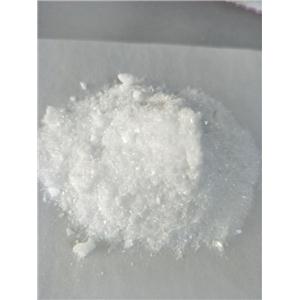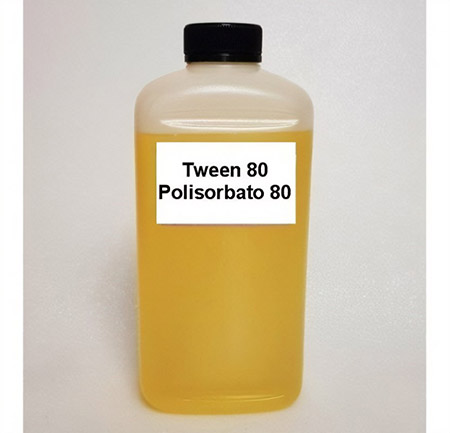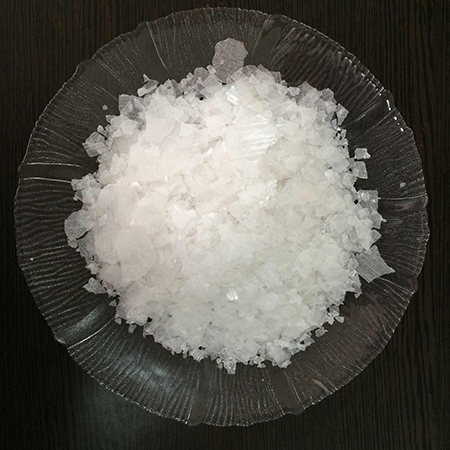Active Pharmaceutical Ingredients (API), popularly speaking, are the raw materials of medicines, only pharmaceutical raw materials are processed into pharmaceutical preparations , can they become medicines available for clinical use, so drugs we usually eat are the finished drugs through processing. Active Pharmaceutical Ingredients based on its sources can be divided into two major categories ,including chemical synthetic drugs and natural chemical drugs. Chemical synthetic drugs can be divided into organic synthetic drugs and inorganic synthetic drugs. Inorganic synthetic drugs are inorganic compounds ( very few is element), such as aluminum hydroxide, magnesium trisilicate which are used for the treatment of gastric and duodenal ulcers ; organic synthetic drugs are mainly composed of drugs made by basic organic chemical raw materials, through a series of organic chemical reactions (such as aspirin, chloramphenicol, caffeine, etc.). Natural chemical drugs ,based on its sources,can be divided into two categories including biochemical drugs and plant chemical drugs. Antibiotics are generally made by the microbial fermentation, which belongs to the biochemistry category. A variety of semi-synthetic antibiotics occurs in recent years,which are biosynthesis and chemical synthesis combining products.Among active Pharmaceutical Ingredients, the organic synthetic drugs varieties, yields and values have the largest proportion,which are the main pillars of the chemical and pharmaceutical industries. The quality of active Pharmaceutical Ingredients decides whether the formulation is good or bad , so its quality standards are very strict ,countries in the world have developed national pharmacopoeia standards and strict quality control methods for its widely used active Pharmaceutical ingredients.
The importance of lithium hexafluorophosphate in the chemical industry
Lithium hexafluorophosphate is an inorganic substance with the chemical formula LiPF6, white crystal or powder.
Mar 18,2022 APIThe application of ethylene glycol
Ethylene glycol is also known as "ethylene glycol", "1,2-ethylene glycol", or EG for short.
Mar 18,2022 APIWhat is Minocycline?
Minocycline is mainly marketed for oral administration, but a more soluble formulation of minocycline is available in some countries for parenteral administration.
Mar 17,2022 APIA second-generation tetracycline---Doxycycline
Doxycycline (alpha-6-deoxytetracycline) is a second-generation tetracycline with increased oral bioavailability and tissue penetration as a result of its improved lipophilicity compared with earlier t
Mar 17,2022 APIMechanism of action of Tetracycline
Tetracycline was first described in 1953 and was prepared from chlortetracycline at Lederle Laboratories, and was also independently derived from oxytetracycline at Pfizer Laboratories.
Mar 17,2022 APICethromycin--- ABT-773
Cethromycin (formerly ABT-773) is a ketolide antibiotic originally developed by Abbott in the late 1990s, but abandoned in 2002. Since 2004, Advanced Life Sciences has promoted current development of
Mar 17,2022 APIClavulanic acid: Antimicrobial Activity, Susceptibility, Administration and Dosage, Clinical Uses etc.
Clavulanic acid is a naturally occurring beta-lactamase inhibitor which was isolated from Streptomyces clavuligerus (Reading and Cole, 1977).
Mar 17,2022 APIIntrinsic antitumor effect of tween 80
Tween 80, also known as polysorbate 80, chemically called polyoxyethylene 20 sorbitan monooleate, is a light yellow to orange-yellow viscous liquid.
Mar 17,2022 APIThe review of sodium hydroxide
Sodium hydroxide, also known as caustic soda, lye and caustic soda, with the chemical formula of NaOH, is a strong alkali with high corrosivity, generally white flakes or particles.
Mar 17,2022 APITelithromycin---semisynthetic antibiotics
Telithromycin (Keteks, Sanofi-Aventis) is the first marketed member of a new class of semisynthetic antibiotics, the ketolides, structurally derived from erythromycin A.
Mar 16,2022 API







